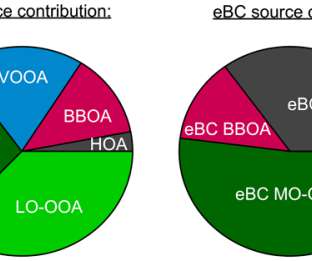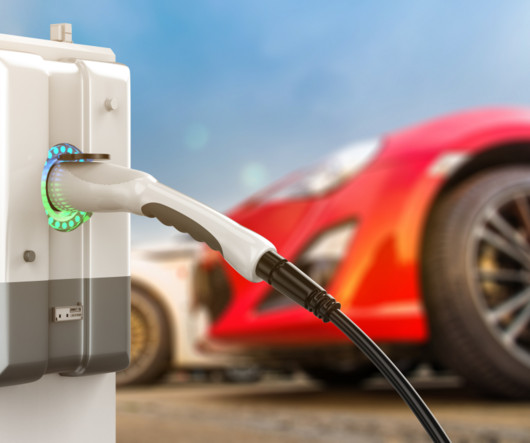EPA issues first National Standards for mercury and air toxics pollution from power plants
Green Car Congress
DECEMBER 21, 2011
The US Environmental Protection Agency (EPA) has issued the Mercury and Air Toxics Standards (MATS), the first national standards for power plant emissions of mercury and toxic air pollutants (also known as hazardous air pollutants, HAPs) such as arsenic, acid gas, nickel, selenium, and cyanide.




















Let's personalize your content